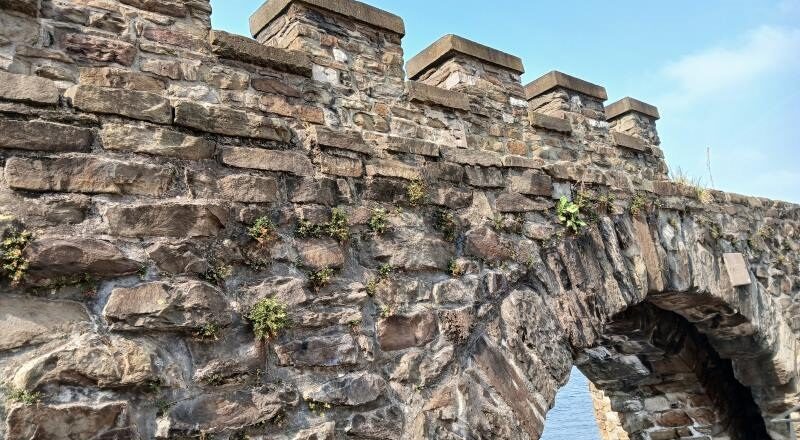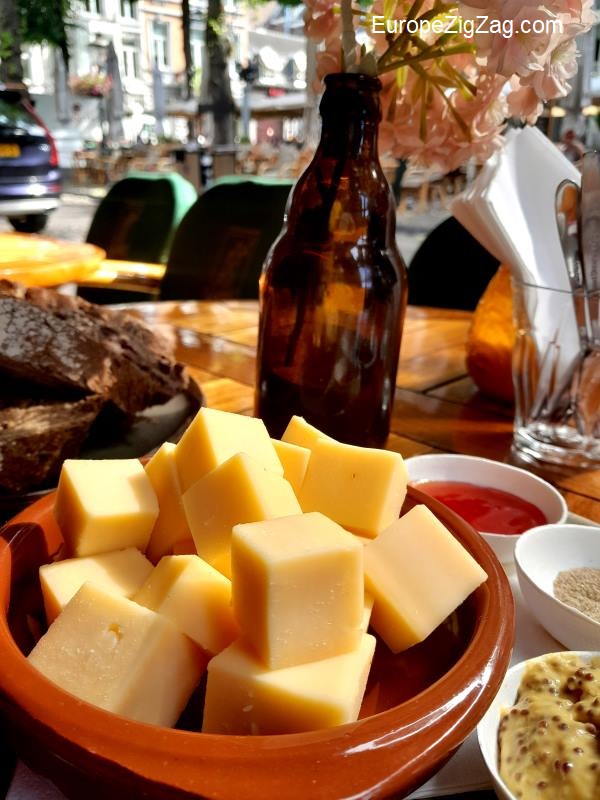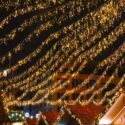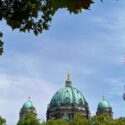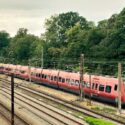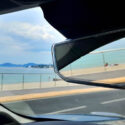I strike up a conversation with the waiter in an old restaurant in Maastricht, and note how empty the place is. The summer months have come and past with the high influx of tourists from Belgium and France. “They say all roads lead to Rome, but here it seems they all lead to Maastricht!” I say in an attempt to be witty. He laughs and says “well the Romans built this” and we both laugh. Wow, that waiter's response was impressive! He looks so much like those old musketeer paintings from the 17th century. It's uncanny how his face resembles those men from Limburg, even though it wasn't called that in the 17th century.
Oh, wow, the people here are just so mixed, it's mind-blowing! Like, hello, we're right smack in the middle of Germany, Belgium, and the Netherlands, with France just a stone's throw away. Talk about a hot spot for border shuffling – thanks a lot, Napoleonic wars and the congress of Vienna! And let's not forget the medieval bridge from the 14th century and those elusive traces of the old Roman bridge. Maastricht is a bridge between past and present, not to mention close to the Three-Country Point!
Then the cheese platter arrives
I empty my cheese platter quickly as the early afternoon winds on in the calm summer afternoon in Maastricht. Just across the road I'm familiar with the old Roman archaeological site housed in a hotel, and so my mind begins to travel. In the year 69-70 AD the route between Cologne and Maastricht would be unsafe to travel. The Roman road Via Belgica ran from what is today Boulogne sur-Mer to Cologne. Back then, Maastricht was a Roman fortified town and there were no bikes or bicycle paths. Spanning those two years 69-70 AD, the Batavian Revolt saw the Batavians oppose the Roman empire, first successfully, but then struck down (it took four legions). For about a year, the area would have been a busy place with Batavian rebels and Roman legions manouvering in the region Germania Inferior (a region around the Rhine and in today's geography including parts of south Netherlands, parts of Belgium and North Rhine-Westphalia and Luxembourg).
Let’s fast forward to the coming spring and your next bike adventure
So for a perspective, if you think bicycling as a travel form is difficult in BeNeLux, then consider all the bike paths and the short distances between the cities. Two thousand years ago many people walked. With the extensive bike paths available in contemporary Netherlands, Germany and Belgium, you can easily bike 100-200 kilometers in less than a week and fit in visits to several cities. Not far away from Maastricht is the Schengen Three Country Point. To your east is Cologne and the Rhine. To the west is Maastricht and Dutch Limburg. To the south is Belgium with Liège and further east the Eifel forest. Opportunities abound for bikepacking and less ambitious day trip bike travelers!
